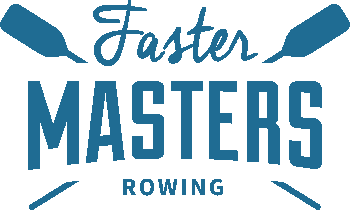What changes are needed when doing big or small boats – length / inboard.
Timestamps
01:00 It’s all about gearing.
How long are your oars and what is the ratio for the outboard to the inboard? Small boats versus large boats. You have to carry your share of the total mass of the hull, riggers and oars. In a single scull you are carrying around 14-17kg. As the boat gets bigger, you carry less mass because it’s shared between more people. If you have a bigger boat – you can afford a heavier gearing on the oars.
Coaches try to give each athlete a consistent load to move the boat so you don’t have to work a lot harder in small boats compared to big boats. They adjust the rigging to make this broadly consistent.
03:00 So you should be able to rate a similar strokes per minute almost regardless of which boat type you are rowing in. Generally people rate higher in larger boats.
03:50 The span and spread affects the load.
Last week we reviewed the arc through which the oar tip moves each stroke. You want a wider span on a smaller boat (single = 160 cm) but in a quad it may be tighter 159 cm. Sweep spread is measured from the mid point of the hull out to the pin and these will be wider for smaller boats.
05:15 The oar length
You have to be strong enough to move the oar past the fulcrum. A 1k race is around 110 strokes and you need to be able to deliver each stroke to a similar power. For most clubs you will find that sculling oar lengths – sculls will be set at a length of 287 – 288 cm long Sweep 370 – 374 cm. These rigs are what you expect for younger rowers…. and oars get passed around the club and the lengths aren’t changed. Masters needs are different from younger athletes. We need shorter oars and sculls.
07:20 Jim Dreher invented the adjustable length oar – the story behind the invention.
10:00 Load on the body from the blade
Masters are a hugely divergent age and strength group of athletes. Increase the load for younger masters, tailwinds and for beginners. Decrease the load for older athletes or it’s a headwind. The more experienced are more dextrous and can cope with a higher load and can rate higher. You have to be able to put the oar in the water at the same speed the boat is moving past that part of water.
13:00 Rig your own boat to suit you
How long are your oars and span/spread? How old are you, how fit are you? Rigging for Masters webinar – Volker Nolte has a detailed chart for oar lengths and span/spread for masters. He considers most masters to row on much too heavy a gearing.
If you are older you probably want to decrease your load. When buying oars and sculls the spoon size and shaft weight / flexibility are different options you can choose, Cut an oar shaft in half – the internal diameter isn’t spherical – there are more layers of carbon on the front and back edge. This gives more or less rigidity / flex to the oar shaft. The tensional stiffness in the shaft comes from the thicker carbon which is on the front / back of the shaft facing the direction of travel when the oar is square in the water.
Buy the Rigging for Masters webinar and get Volker’s oar and scull charts.
Want easy live streams like this? Instant broadcasts to Facebook, YouTube, LinkedIn. Faster Masters uses StreamYard: https://streamyard.com/pal/d/5694205242376192


